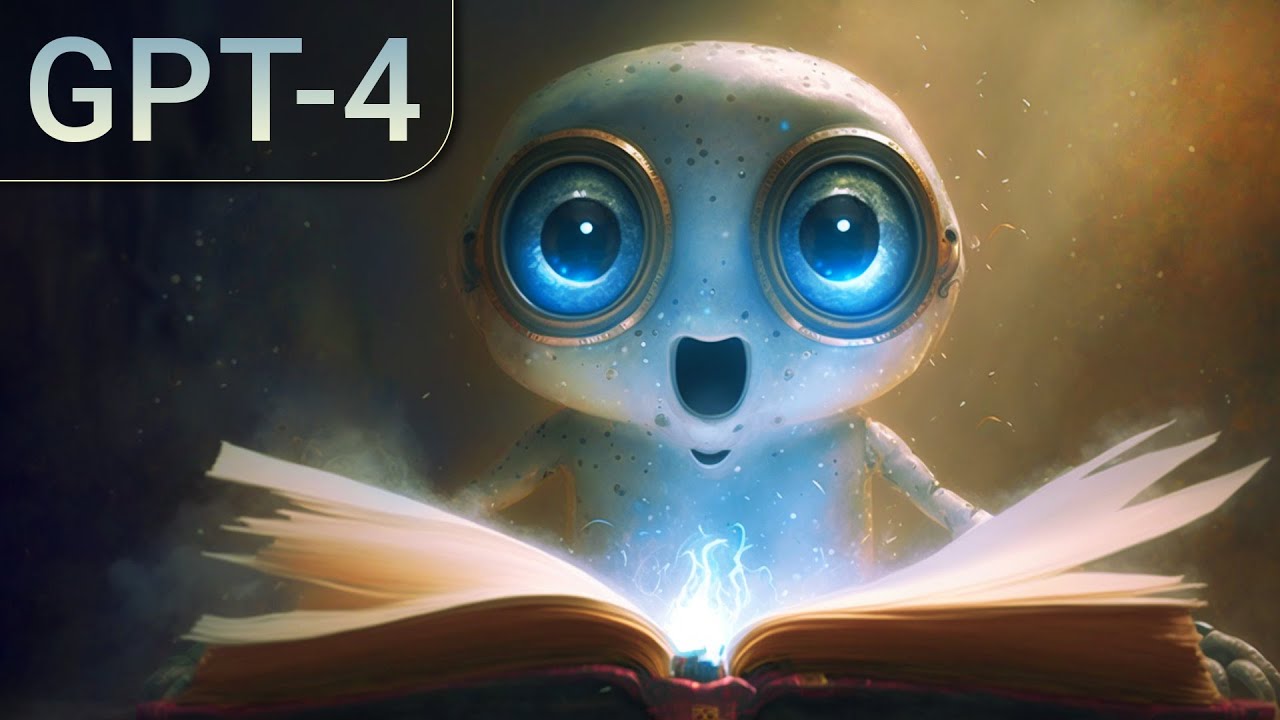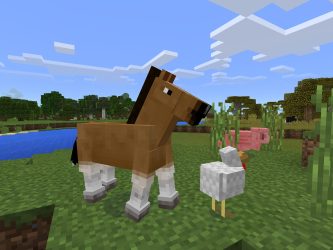Introduction to GPT-4’s Prominent Features
Dr. Károly Zsolnai-Fehér, renowned for his Two Minute Papers series, has provided invaluable insights into the capabilities of GPT-4, an AI model that embodies a semblance of intelligence. This exploration delves deeper into these capabilities and elucidates some of its limitations.
Capabilities of GPT-4
GPT-4 demonstrates remarkable proficiency in various tasks, showcasing its potential as a versatile tool in different domains. One of its standout abilities is solving complex mathematical problems akin to those found in the International Mathematical Olympiad. For instance, when presented with a step-by-step prompt, it accurately listed and counted prime numbers between 150 and 250. This precision underscores its logical reasoning capabilities.
Moreover, GPT-4 exhibits proficiency in tasks that require contextual understanding beyond mere text processing. It can interpret and evaluate electrocardiograms (ECGs), indicating its capacity to analyze complex biological data. Additionally, it possesses a remarkable ability to generate intricate network graphs and write JavaScript-based computer games autonomously.
Limitations of GPT-4
Despite these achievements, GPT-4 is far from flawless. It struggles with certain tasks that require sequential reasoning or procedural knowledge without explicit guidance. For example, when asked directly about the count of prime numbers between 150 and 250, it provided an incorrect result. This inconsistency suggests that GPT-4 may not inherently possess the ability to think in a linear, step-by-step manner unless directed so.
Another notable limitation is its performance with basic arithmetic operations—tasks that children can handle effortlessly. For instance, accurately computing the sum of 123 and 456 without any assistance is beyond its capabilities. This highlights a gap in its fundamental numerical processing skills.
Additionally, GPT-4 finds it challenging to identify the current year, a task that typically requires real-time data which an AI model lacks. While this may seem like a minor issue, it underscores the limitations of AI models when dealing with real-world applications requiring external or dynamic information.
Interdisciplinary Expertise and Creativity
Beyond its technical tasks, GPT-4 demonstrates impressive interdisciplinary expertise. It can craft detailed stories based on limited prompts, illustrating its ability to synthesize information creatively. This skill extends beyond storytelling to include evaluating medical data like ECGs, indicating a broader capacity for contextual understanding.
In the realm of technology, GPT-4 can generate complex network graphs and write JavaScript-based computer games with relative ease. These capabilities suggest it can adapt to various formats and domains, showcasing its versatility.
Challenges in Sequential Reasoning
The model’s inability to perform basic arithmetic or identify the current year points to inherent limitations in its reasoning processes. While such tasks may seem trivial for humans, they highlight gaps in GPT-4’s foundational cognitive abilities. This suggests that without explicit programming or prompts guiding it through sequential steps, the AI may falter.
Moreover, GPT-4’s reliance on external data is evident when considering its inability to pinpoint the current year. This limitation, while seemingly minor, has significant implications for applications requiring real-time information.
Potential for Dynamic Applications
Despite these challenges, GPT-4 holds potential in dynamic and evolving fields where adaptability is key. Its ability to generate content across diverse domains suggests it can be harnessed creatively within the constraints of its current capabilities.
Conclusion: Embracing GPT-4’s Capabilities with Caution
In conclusion, while GPT-4 represents a significant leap forward in AI technology, it is not without limitations. Understanding these boundaries is crucial as we navigate towards more sophisticated applications. By acknowledging both its strengths and weaknesses, we can better harness its potential within the constraints of its current design.
Deployment in ChatGPT: Impact and User Interaction
The deployment of GPT-4 in platforms like ChatGPT has revolutionized user interactions, offering a wealth of information at the click of a button. For instance, users have utilized it to explore various scientific phenomena, such as the function of enzymes or the mechanics of DNA replication. This accessibility has democratized knowledge sharing and educational opportunities.
Moreover, ChatGPT has been used for creative tasks like generating poetry or composing music, showcasing its versatility beyond traditional problem-solving domains. The platform’s user-friendly interface facilitates easy interaction with GPT-4, making it accessible to a broad audience.
In summary, the integration of GPT-4 into platforms like ChatGPT has opened new avenues for knowledge dissemination and creative expression, underscoring its transformative potential in various sectors.
This exploration of GPT-4’s capabilities and limitations offers a nuanced understanding of its current state. As AI technology evolves, these insights will remain crucial as we continue to unlock the full potential of such models.




